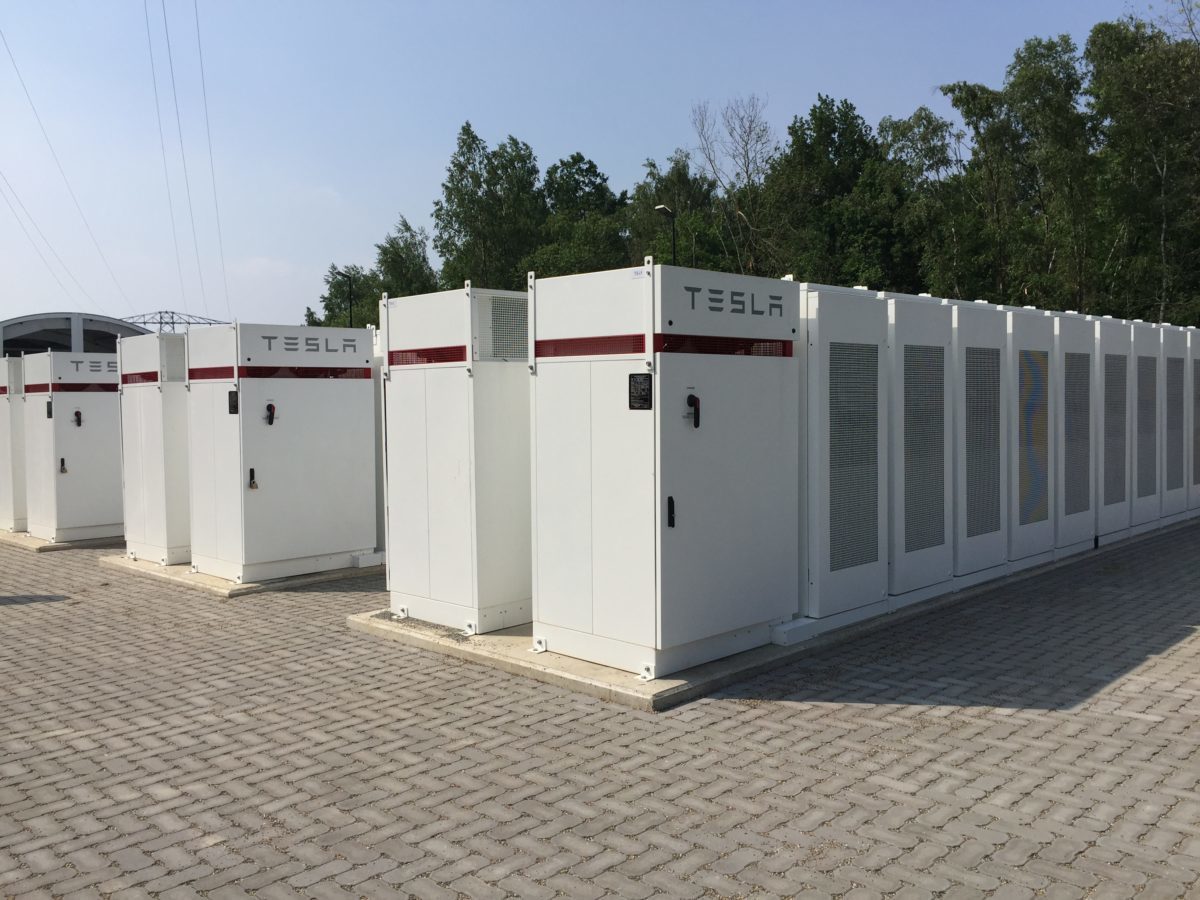From pv magazine global
With the U.S. reportedly set to overtake South Korea to become the world’s biggest utility scale energy storage market this year, headline-grabbing tech darling Tesla has announced the arrival of its Megapack product.
A blogpost published on the Tesla website yesterday claimed the new utility scale battery – which is supplied fully assembled – enables the company to “deploy an emissions free, 250 MW/1 GWh power plant in less than three months on a three-acre footprint”, a speed four times faster than that for a fossil fuel plant of the same size, according to the company.
Tesla claims to have refined a product it says offers a 60% increase in energy density after the successful use of its Powerpack utility scale and business energy storage systems at the 100 MW/129 MWh Hornsdale Power Reserve in South Australia in December 2017.
Announcing the DC-connected Megapack can be plugged directly into solar power generation facilities as well as offering an AC interface, Tesla stated the new large scale product can be supplied with up to 3 MWh of storage and 1.5 MW inverter capacity and will be deployed at the 182.5 MW Moss Landing energy storage and grid balancing facility being planned by utility Pacific Gas & Electric in Moss Landing, California.
Automated energy trading
The company blogpost, penned by “The Tesla Team”, stated the Megapack is connected to the company’s Powerhub utility scale monitoring and control platform and can be integrated with Tesla’s Autobidder machine learning program for automated energy trading. Tesla claims its customers have used Autobidder to dispatch more than 100 GWh of energy worldwide to date.
The Palo Alto company headed by Elon Musk also boasted of installing more than 1 GWh of energy storage capacity in the last 12 months, through sales of the Powerpack and its Powerwall residential systems, to take it to more than 2 GWh of storage capacity sold to date.
Camron Barati, of business intelligence firm IHS Markit, in a recent article for pv magazine, predicted 712 MW of utility scale storage will be deployed in the U.S. this year in the wake of storage being permitted entry to energy, capacity and ancillary grid service markets and qualifying for a federal Income Tax Credit when deployed in solar-plus-storage facilities.
Barati added, up to 10 GW of utility scale PV generation capacity will be paired with energy storage facilities between this year and 2023.
This content is protected by copyright and may not be reused. If you want to cooperate with us and would like to reuse some of our content, please contact: editors@pv-magazine.com.









What does it mean in dollar / kwh term?
TESLA says? “A blogpost published on the Tesla website yesterday claimed the new utility scale battery – which is supplied fully assembled – enables the company to “deploy an emissions free, 250 MW/1 GWh power plant in less than three months on a three-acre footprint”, a speed four times faster than that for a fossil fuel plant of the same size, according to the company.”
So, are there actually fossil fueled plants of 250MW being built in a years time? This TESLA Megapack, on three acres in three months, really, REALLY? This is sized as a Peaker plant killer.